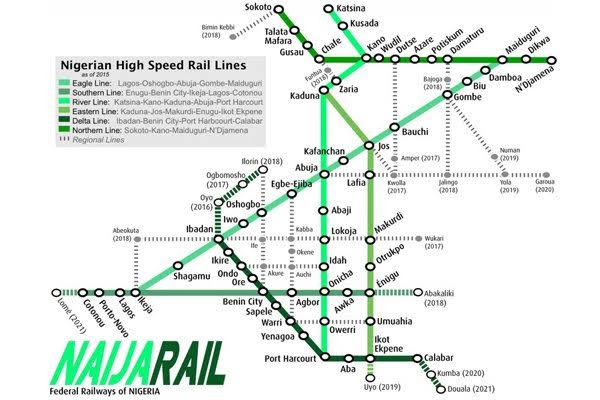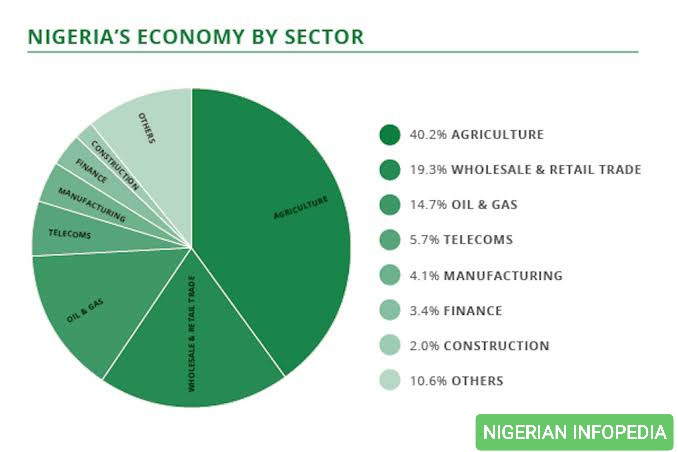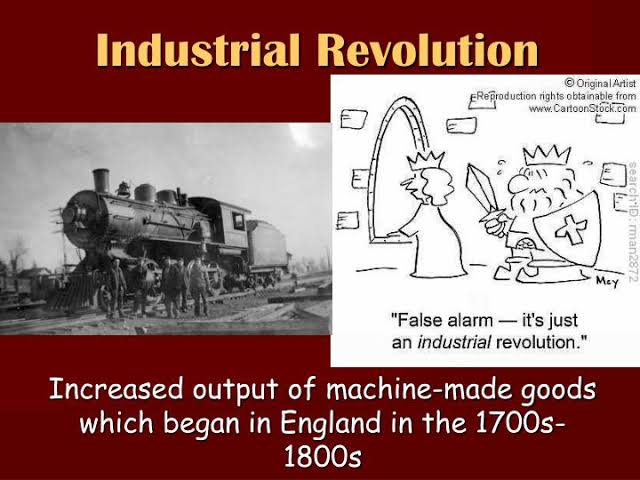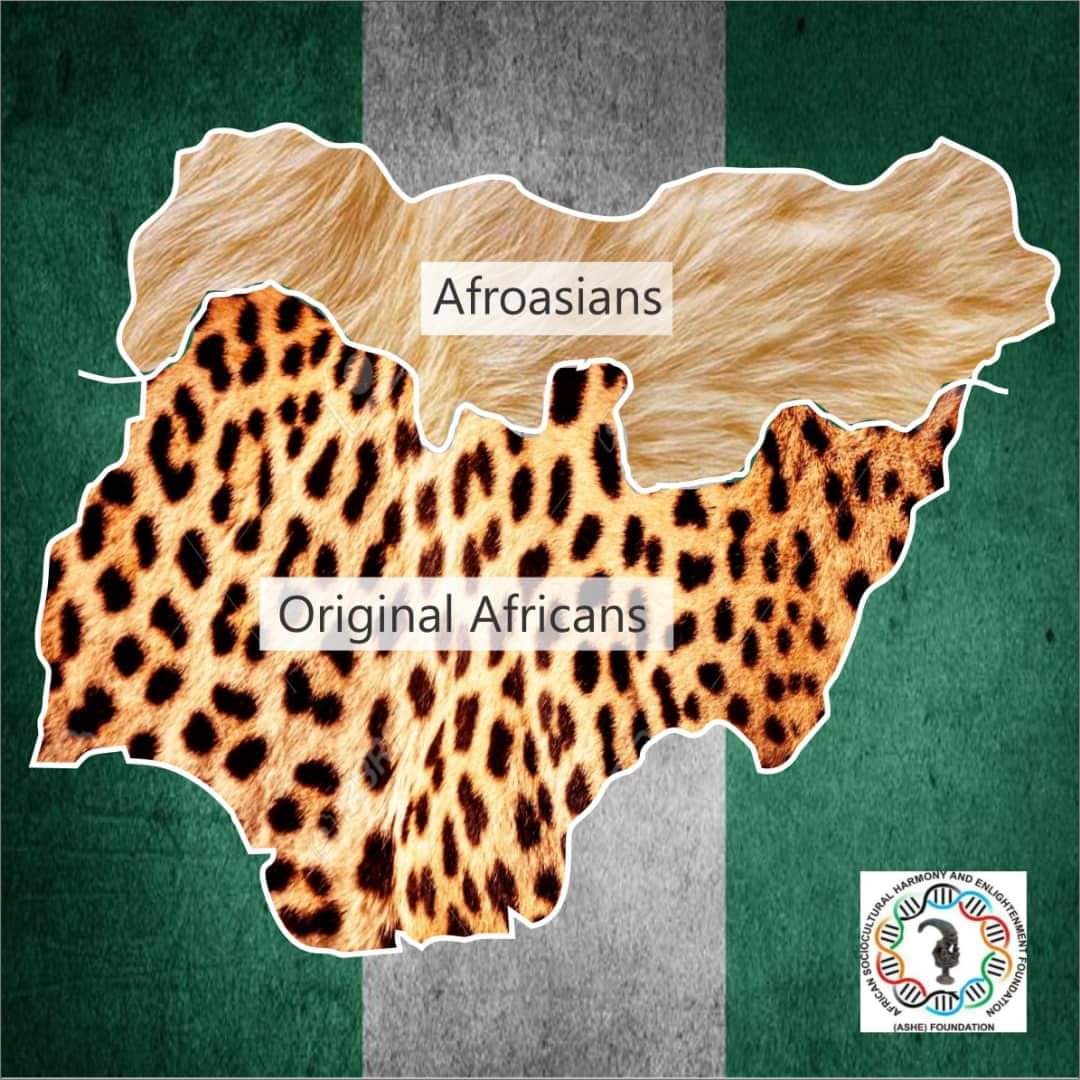
Let me emphatically state that for Nigeria to become industrially and economically advanced to employ and uplift its people, we must build three West to East railways, and instead of perpetually seeking technology transfer, use the railway network being the largest steel and chemical framework, to start the process of innovation that births technological development.
It’s been obvious to us at ASHE Foundation that despite decolonization, coloniality of knowledge and power sources continue to arrest our economic and political development. Coloniality of not only economic structure but also economic thought still keeps down the Black Race. Some people claim slavery and colonization are over and the problem is bad leadership. Yes, they are partly right but there is coloniality of power sources whereby our leadership selection is influenced by London, Washington DC and Paris. Moreover, there is coloniality of our knowledge sources whereby even if we are lucky to choose good leaders by intuition, our academia and intelligentsia are incapable of providing solutions to our economic deprivation.
Our Eurocentric scholarship fails to evolve conclusive solutions to our Nigerian problems. For example, it took us at ASHE Foundation, using genetic and cultural evidence, to sort the web of intentionally inconclusive historical studies, to prove that the Origin of humanity and oldest full sized humans are Southern Nigerians. We have deciphered that indigenous Africans from South and Middlebelt Nigeria share the same genetic and cultural origins all the way to South Africa and Gambia, so we advocate civilizationism to replace prevalent colonially inspired Pan Tribalistic perspectives, in order to crystalize an Original African civilization powerbase like SMBLF.


Despite the advances of political and cultural restructuring, it has become apparent that just as our academia failed to provide the cultural and political history to unite South and Middlebelt, it also has no answer for our economic development. Our economics is still organically based on the colonial economic structure of producing crops and minerals and being dumping grounds for foreign manufactures. The evolution of economic thought from slavery plantations to colonial and necolonial economics wrongly us that agricinformedulture was the panacea. Billions of dollars has been spent since our independence on marketing boards, distributing seeds and fertilizers and financial grants to poor Every regime from 1979 NPN Green Revolution has pushed agriculture as the launchpad for economic prosperity and development, despite the glaring fact that no developed nation has ever built a buoyant heavily mechanized agriculture sector with government policies directed at peasant agriculture. In USA, Europe and other nations, agriculture was developed by a millionaire class like Dangote in Nigeria.
Though our agriculture production is still relatively very low, Nigeria is ranked as the worlds 6th highest value added Agriculture nation ($104b), led by China($1.1 trillion), India ($487 billion), USA ($196b) and Indonesia ($145b). This is influenced by our large population, the amount of people in agriculture and its link to our food, beverages and tobacco industries. 70% of our manufacturing sector GDP is accounted for by food, beverages and tobacco manufacturing and light processing subsectors, which contributes about 15% to our overall GDP that is dominated by trading of food, beverages, tobacco and imported goods.

This goes to show that the development of the agricultural sector doesn’t translate into technological advancement, high employment and income per capita. If you plant oranges, the organic economic growth will either be backward intergation of producing fertilizers and seeds or forward intergation of juice and beverages industries, not radio nor car assemblies. Another development fallacy is that building up electricity supply will increase industrialization, because in practice it will only increase usage in already established industries. Trading will become 24hrs, food, breverages tobacco manufacturing will increase with 24hr hospitality businesses, but not industrialization! So the question is which industry provides the process of innovation that organically leads to heavy industrialization as opposed to low level processing industries?
Basically when you study the chronological development of Eurocentric scholarship of economic development, you will realize that the theories are time specific analysis of the latest developed nation and prevailing global economy at the time. The first economic development theory was based on Mercantilism whereby 1700s European monarchs backed their citizens to rob and colonize the Wealth of Nations of the global South, according to Adam Smith, turning slave ships into battle ships. The next theory was Economic Nationalism of the likes of USA and Germany that switched from colonialism of the Mercantilism era to domestic production and protectionism from European colonial powers. Alexander Hamilton, the father of big business stated that developing an industrialized economy was impossible without protectionism through import duties. This Economic Nationalism theory has also been tied to the 1800s development of Japan and recent development of even China.



It was after World War Two that development economics switched it’s focus to Africa and the Global South with the Linear Stages of Growth model, which was essentially developed based on the Marshall Plan to rebuild Post-war Europe. For Africa, the theory modified Karl Marx theories of 5 consecutive stages of development – the Traditional society, the pre-conditions for industrial take off, the take off, the drive to maturity and finally the age of mass consumption. It focused on accelerated accumulation of capital, both domestic and international, to spur investment towards promoting economic growth and development. It wrongly believed that capital accumulation was sufficient for economic development without considering political, social and institutional barriers.
The next development model was the Structural Change theory which prescribes changing the structures and policies from rural agriculture to urban industrialization, in an era of mass urban migration and employment. It was a two sector structural change and failed to recognize the need for a holistic restructuring of the colonial economic structure to one focused on national economic intergation. However, Hollis Chenery Patterns of Development recognized that different nations had different paths to development.
Following the post independence development failures of the Sixities and Seventies, it became obvious that Western Powers were an important stumbling block to African development as they were bent on keeping African nations as neocolonies, which resulted in the International Neocolonial Dependence Theories. The last development theories were the free market neoclassical development theories that theorized that free market economics was the answer, inspired by the necoclassical Thatcherite and Reaganomics advocated by the Milton Friedman’s Chicago School of Economics to IMF and World bank. This era also gave birth to Human Development Indices that pushed for an educated healthy populace, who in practice due to their Western oriented education, structural defects and lack of a strong local economy, end up braindrained to Western nations.

Development economics must specifically address each country. In a world made up of huge trade blocs of North America, Western Europe, China and India, it is realized that within every civilization or race, there is a core market upon which all other economies are satellite suppliers. Based on population and market size, in the West, the USA and later Europe Union are the core markets which countries like Canada, Sweden, Norway, Switzerland earn high incomes supplying. China is the core market for Japan, Korea and other nations. Nigeria is the core market of the Black Race which has to be developed to enable the rise of the Black Race, so we can’t compare Nigeria to satellite nations like the Asian tigers or Scandinavian countries.
Nigeria must develop an industrial economy, not through technology transfer but instituting the process of technological innovations through railways, the largest possible iron and chemical complex with an array of potential byproducts and industrial spin-offs. Contrary to the coloniality guided development models that agriculture is the launchpad for industrialization, the practice has shown that the vertical integration of agriculture is limited to agro allied industries whose income and employment multiplier effects are not sufficient to uplift a populous nation like Nigeria.

There is a misconception that cotton was the basis of USA industrialization, but while cotton provided the funding and incentive, it was steam engine railways that actually brought about the greatest industrial spin-offs. This became clear with the path taken by the non agricultural Japan and other nations whose industrialization started with the building of railways. Railways are the source of the technological innovation process that breeds industrialization since it’s backward intergation creates subcontractors and firms producing tools and parts for the railway system, thereby increasing production in iron and chemical subsectors, while it’s forward integrations involves domestic building of engines for cars and other technological equipment. For every job created in the railway at our stage of development, over 20 jobs will be created across all sectors, unlike the agriculture or processing industries whose employment multiplier effects are less than 3 jobs.
Going back to the Structural Change theory, what Nigeria requires is restructuring from a colonial economy that breeds neocolonial dependence to a fully integrated economic structure geared towards fulfilling the economic needs of the people instead of the colonial masters. The key economic infrastructure laid by the colonists were railways to change the trade routes in Nigeria. They built two North and South railway lines to drain us of cash crops and natural resources, and make us dumping grounds for their manufactured goods, thereby cancelling out the trade routes of the two civilizations – Original African and Afroasiatic Afro-Arabic civilizations.

Previously, the South and Middlebelt, being the world’s oldest civilization had civilizational goods like beads, kola, clothing, gold and iron traded across the South and Middlebelt. With the advent of the Trans Saharan trade routes we sold gold to the Hausas and other Afroasians that took it to the Middle East and Europe. The Afroasiatic civilizations of Sokoto and Bornu also traded civilizational goods amongst each other. Europeans adapted our civilizational goods, destroyed our local production and eventually changed the trade routes for their own profit. They took over our gold mines ending the trans Saharan trade. They copied our beads and destroyed it’s local production, adapted our kola into soft drinks and destroyed its cultural essence with epistemicide that blurred and broke our civilization linkages.
The first economic restructuring is reestablishing our trade routes, expanding it from North to South to West to East, notably Lagos-Calabar, Ilorin-Yola and Sokoto-Maiduguri railways. The accelerated development of these three lines would be the beginning of the process of linking our fifty plus cities, crisscrossing the nation with about 10,000km of railways, which would also spur growth of iron and chemical industries to maintain and develop them. Considering the Neocolonial Dependence theories, the next government should either boldly return to the previously proposed China financed and to be built Lagos-Calabar railway sabotaged by Western Powers who neither have the financial resources or private technological capability to build it themselves. Or better still, we commission local builders especially our army to direct their immediate building like China and some other nations did.
After building 3 West to East railways, states and private investment would finance the building of the connecting branches to their cities. This approach if accelerated like USA built 14,000 kilometers in 23yrs will spur rapid economic and technological advancement. Not like Lagos, the world’s most populous and prosperous Black city that it took 23yrs to build 16 kms out of the required 160km the state needs and could have exponentially spur industrial growth. In summary, any government that wants to change Nigeria needs to build the 3 railways ASAP, provide enabling financial environment to build the linkages privately, as well as to help the mushrooming of local forward and backward intergation of the railway sector.
Prince Justice Faloye, President ASHE Foundation, Author, The Blackworld Evolution to Revolution








